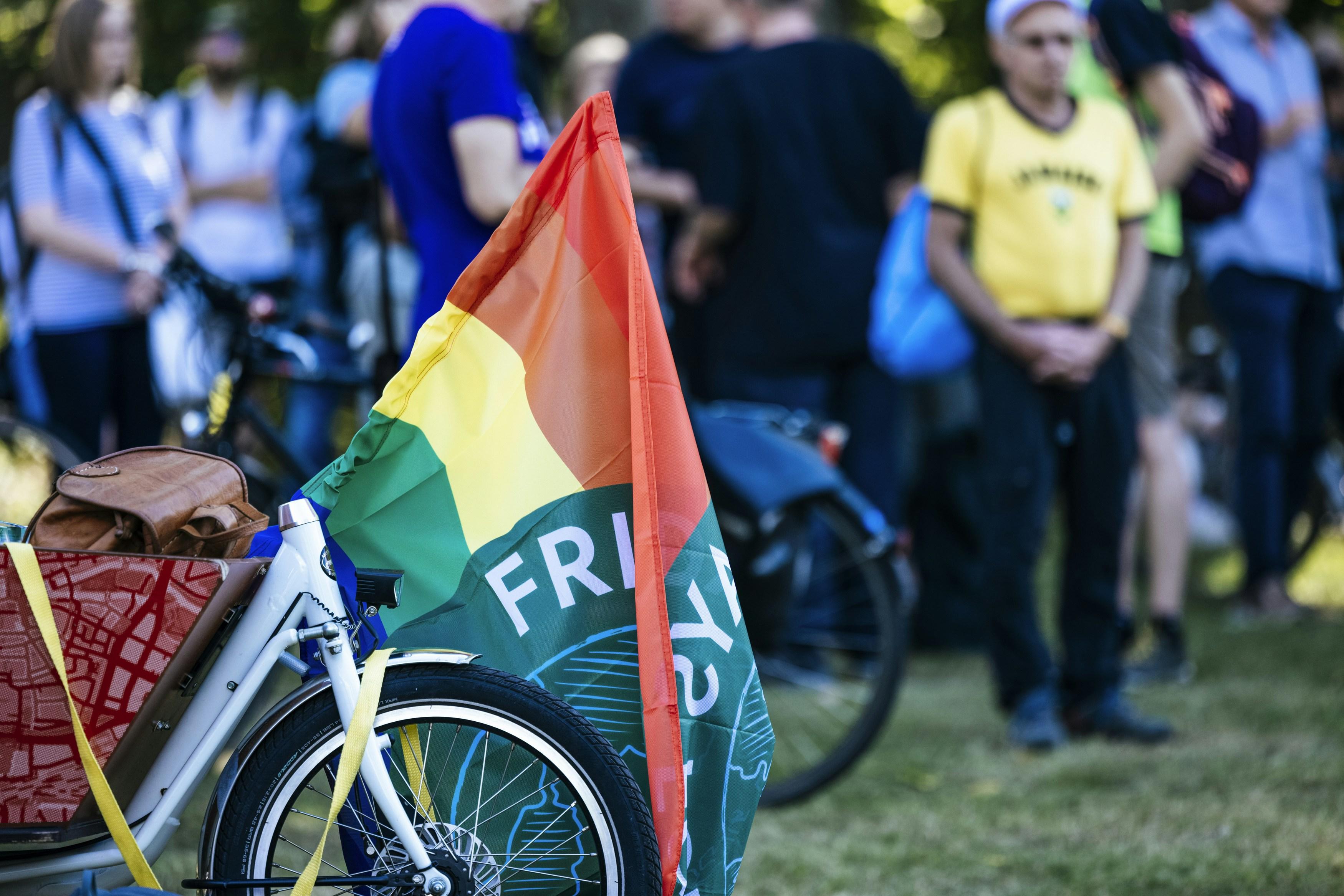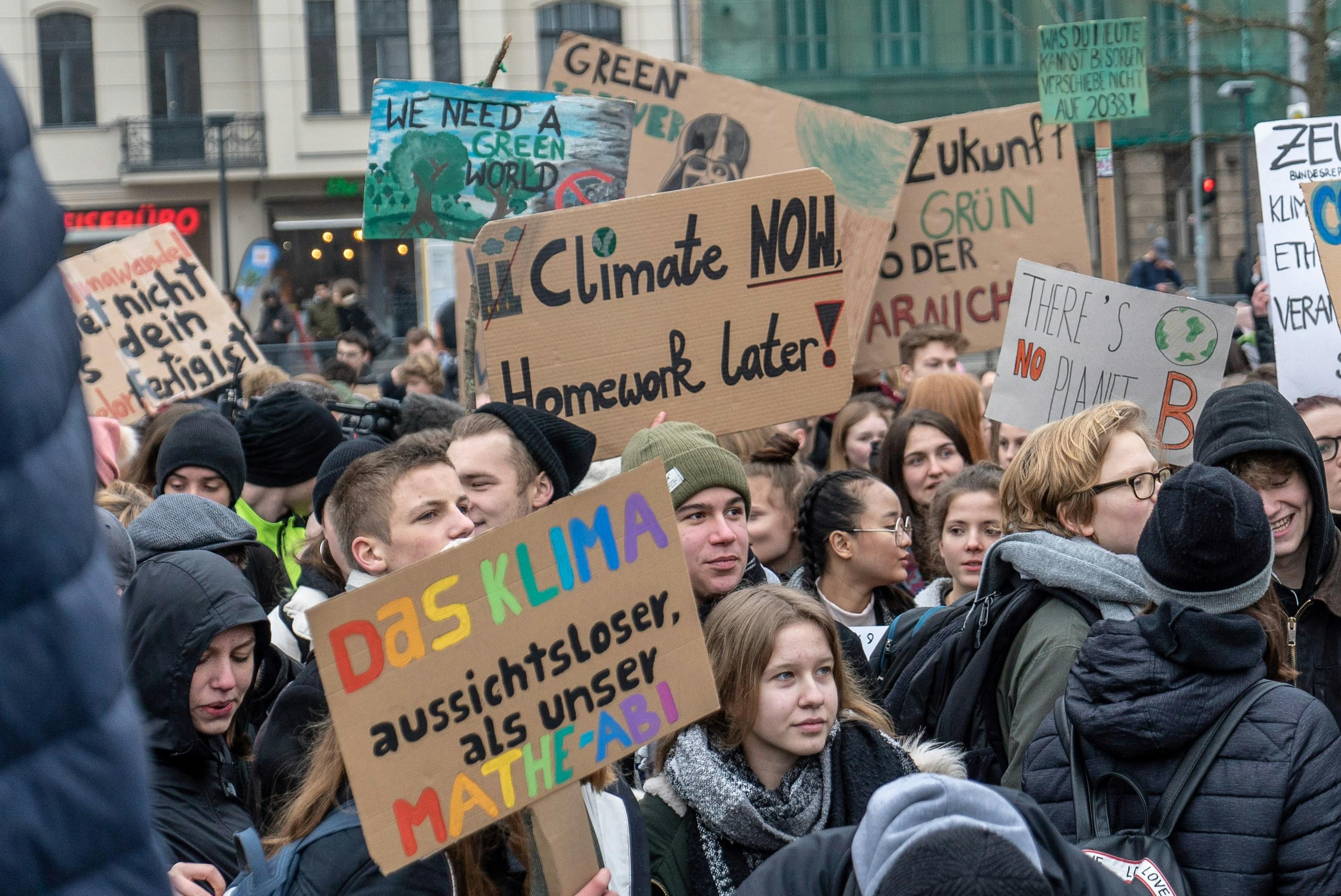In the evolving landscape of modern cinema, few figures have captured the essence of contemporary feminism as compellingly as Greta Gerwig. As a filmmaker, actress, and screenwriter, Gerwig has carved a unique niche, challenging traditional narratives and redefining the portrayal of women on screen. Her films, often characterized by their nuanced storytelling and rich character development, invite audiences to explore the complexities of womanhood in a rapidly changing world. Through her distinct creative vision, Gerwig not only reflects the zeitgeist of feminist discourse but also propels it forward, offering fresh perspectives and igniting conversations about gender, identity, and empowerment. This article delves into Gerwig’s cinematic contributions, examining how her work reshapes our understanding of feminism in the 21st century and its impact on both the industry and its audiences.
Greta Gerwigs Cinematic Evolution and Its Impact on Feminist Narratives
Greta Gerwig’s journey through the world of cinema has been marked by a profound transformation, both in her personal artistry and the broader landscape of feminist narratives. Her transition from indie darling to a powerhouse director is not just a personal evolution but a reflection of her commitment to crafting stories that resonate with the modern woman. Gerwig’s films often showcase complex female characters who defy traditional stereotypes, offering audiences a fresh perspective on femininity and strength. This is evident in her directorial projects such as “Lady Bird” and “Little Women,” where the intricacies of womanhood are explored with nuance and depth.
Through her work, Gerwig has effectively broadened the scope of feminist storytelling by emphasizing themes that were once relegated to the sidelines. Key elements of her impact include:
- Authenticity in Female Representation: Her characters are multi-dimensional, reflecting real-life struggles and triumphs.
- Breaking Conventional Norms: By challenging traditional narrative structures, she paves the way for more inclusive and varied stories.
- Empowerment through Storytelling: Gerwig’s films often highlight the power of self-discovery and personal growth.
Gerwig’s work does more than entertain; it invites viewers to question and reimagine the role of women in both historical and contemporary contexts. Her cinematic evolution serves as a catalyst for change, inspiring a new wave of filmmakers to push boundaries and redefine feminist narratives in cinema.
The Role of Female Protagonists in Gerwigs Filmography
In Greta Gerwig’s filmography, the presence of female protagonists is not just a narrative choice but a profound statement on identity and empowerment. Her characters often embark on journeys of self-discovery, reflecting a nuanced exploration of womanhood in its many forms. Lady Bird, for example, presents a coming-of-age story that captures the tension between aspiration and reality, independence and familial ties. The protagonist’s journey is emblematic of a broader struggle for autonomy and self-definition, resonating deeply with audiences who see parts of themselves in her quest for authenticity.
Gerwig’s adaptation of Little Women further underscores her commitment to redefining traditional narratives. Here, the March sisters are portrayed not as mere embodiments of their era but as complex individuals grappling with ambition, love, and societal expectations. Through Jo March’s defiance of conventional gender roles, Gerwig crafts a character that challenges and inspires. Her films frequently explore themes such as:
- Identity: Characters often question and redefine who they are beyond societal labels.
- Empowerment: Female leads navigate and often subvert traditional power dynamics.
- Authenticity: There is a persistent quest for genuine self-expression amidst external pressures.
By centering her narratives on these dynamic women, Gerwig not only tells compelling stories but also contributes significantly to the discourse on modern feminism in cinema.

Analyzing Gender Dynamics in Greta Gerwigs Directorial Approach
Greta Gerwig’s directorial approach offers a nuanced examination of gender dynamics, weaving complex female characters into narratives that challenge traditional stereotypes. Her films, such as Lady Bird and Little Women, are marked by a profound exploration of femininity that is both subtle and impactful. Gerwig’s characters often defy societal expectations, embodying a sense of agency and self-discovery that resonates with audiences. This is evident in her portrayal of relationships, where women are not merely supporting roles but central figures with their own stories and ambitions.
- Complex Female Characters: Gerwig crafts multidimensional roles that reflect real-world intricacies.
- Challenging Stereotypes: Her narratives often subvert conventional gender roles.
- Agency and Autonomy: Characters exhibit a strong sense of independence and personal growth.
Furthermore, Gerwig’s films often delve into the intersectionality of gender with other social categories such as class and race, adding layers to her storytelling. Her work is characterized by a keen awareness of the socio-political context, using dialogue and visual storytelling to critique and reflect on contemporary gender issues. This meticulous attention to detail not only redefines feminism within cinema but also invites viewers to engage in a deeper conversation about the evolving roles of women both on and off the screen.

Recommendations for Future Feminist Filmmaking Inspired by Gerwigs Work
Gerwig’s approach to feminist filmmaking offers a rich tapestry of insights for future creators aiming to weave gender narratives into cinema. Emphasizing authentic female voices is crucial. Gerwig excels in crafting characters that are not only multidimensional but also deeply relatable, which encourages filmmakers to delve into the complexities of women’s experiences beyond stereotypical portrayals.
- Collaborative Storytelling: Encouraging diverse voices in the writing room to ensure a spectrum of perspectives.
- Subverting Traditional Narratives: Challenging the conventional story arcs and exploring alternative storytelling methods.
- Visual Symbolism: Utilizing visual elements to subtly underscore feminist themes, as seen in Gerwig’s nuanced use of color and setting.
- Inclusive Representation: Focusing on intersectionality to portray a broader range of experiences and identities.
Furthermore, Gerwig’s work underlines the importance of nuanced character development. Future filmmakers can learn from her ability to create narratives that are both personal and universally resonant, using intimate storytelling as a lens to explore broader societal issues. This approach not only elevates the narrative but also fosters a deeper connection with the audience, challenging them to engage with feminist themes on a more profound level.
Insights and Conclusions
Greta Gerwig’s contributions to modern cinema represent a pivotal shift in the portrayal of feminism on screen. Through her nuanced storytelling and richly developed characters, Gerwig has crafted narratives that resonate with contemporary audiences, offering a fresh perspective on women’s experiences and identities. Her films challenge traditional gender roles and invite viewers to engage in a broader dialogue about the evolving nature of feminism. As the landscape of cinema continues to change, Gerwig’s work stands as a testament to the power of film as a medium for social commentary and transformation. By redefining the boundaries of feminist storytelling, she not only enriches the cinematic experience but also encourages a deeper understanding of the complexities of modern womanhood. As we look to the future, it will be intriguing to see how Gerwig’s influence shapes the next generation of filmmakers and the stories they choose to tell.
